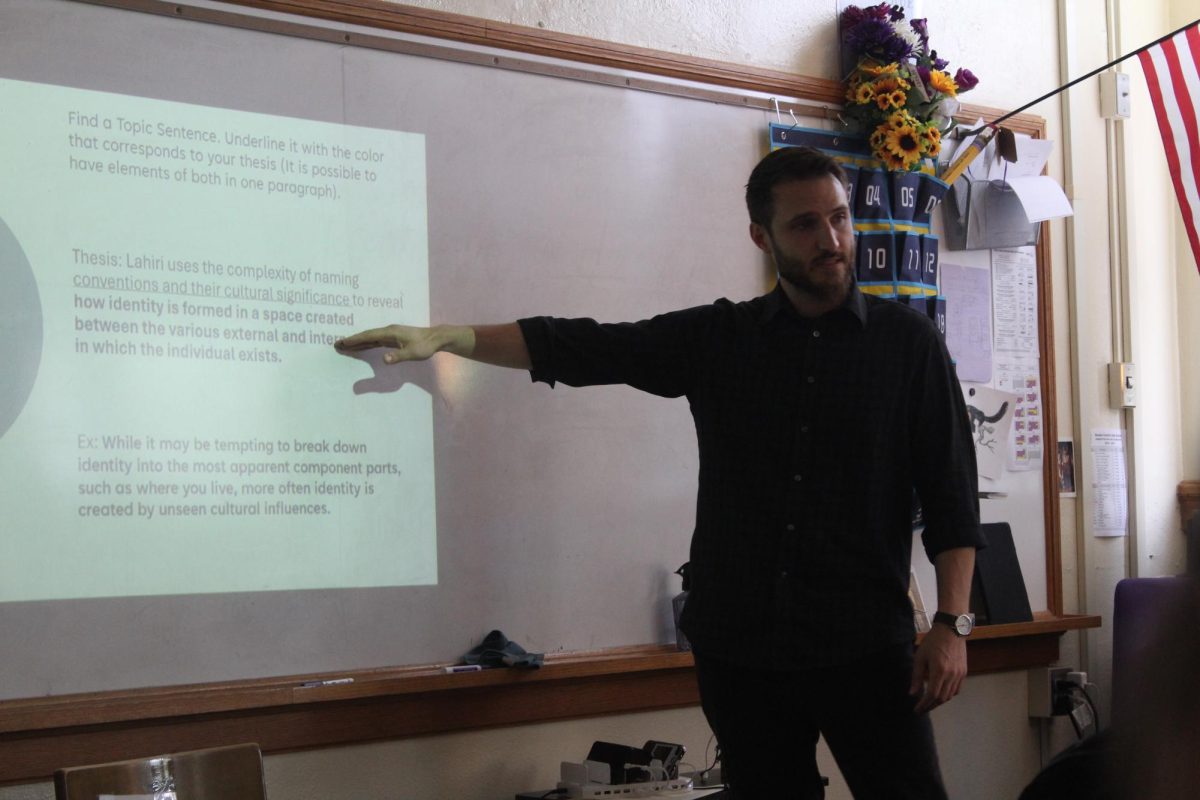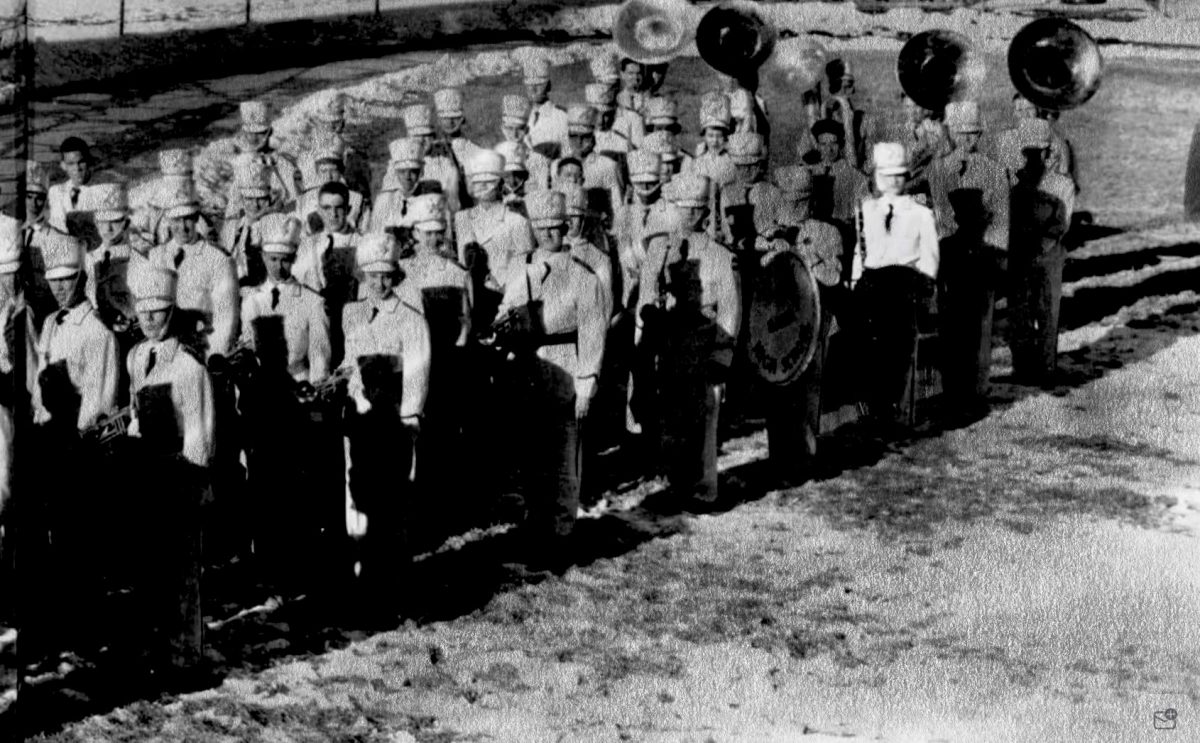New teaching strategies superficial, ineffective
December 11, 2014
Many of Central’s most experienced teachers attended Kagan workshops over the summer in hopes of increasing academic achievement and providing a more welcoming classroom environment.
While these workshops have good intentions, they often make succeeding in school more difficult for students. Moreover, Kagan strategies are superficial, cosmetic changes that try to solve big-picture issues without doing any real work.
One of the new strategies is “pod seating.” In this arrangement, desks are assembled into groups of four; each pair of students is side-by-side while they face the other pair. Pod seating is supposed to encourage group discussion and collaboration, as well as help students learn social skills and how to communicate. On paper, the concept of pod seating sounds useful and effective—a teacher may think there is no reason not to use that system. In a real world environment, pod seating makes learning difficult and causes distractions. Desks are turned inwards towards the middle of a classroom or sometimes even turned towards the back. Listening to a teacher who is lecturing at the front of the room or taking notes off of the board becomes extremely difficult for a student facing the opposite direction. Pod seating does encourage discussion, like it intended to, but of the wrong kind. When students are given a concept to discuss conversations wander from the topic and result in meaningless small talk.
“Cornell notes” are not a new idea to many students; in elementary school we were taught the system as a suggestion. But until this year, Cornell notes have never been forced upon students. The notes require students to divide their pages into one skinny column, one large block and a horizontal area of a few lines. The column is where headings and subtitles are supposed to go, the block of space is for details and the horizontal area is for a summary of the section. Like pod seating, the idea seems excellent on paper, but when actually put to use, the support for it falls apart. The system is harmless, but it fails to recognize the real issues behind low academic achievement. The reason that students don’t earn good grades isn’t because of lack of organization in their notebook, it’s the lack of notes at all, and simply devising a new way to write down information does not motivate low-achieving students to start paying attention in class. Instead, students require more motivation and higher expectations from their family members and teachers.
Kagan strategies are ultimately ways for school officials to look for a quick-fix in the school systems. They attempt to address and solve relevant issues, but they fall short. Low test scores won’t be raised by changing seating arrangements and methods of taking notes, instead, it is up to teachers and families to inspire motivation and students to work hard inside of the classroom.

















